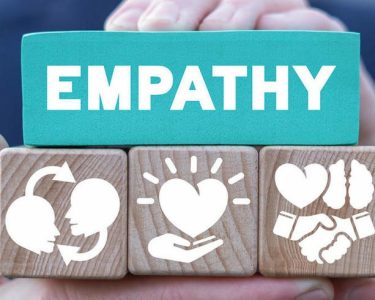Introduction:
Education is a powerful tool that has the potential to transform communities and improve lives. However, for many individuals and communities, access to quality education remains a challenge. In this article, we will explore the importance of accessible and affordable education in transforming communities and discuss various initiatives and strategies that can help bridge the education gap.
1. Breaking Barriers to Education:
One of the key factors in transforming communities through education is breaking down barriers to access. Many individuals, particularly those from marginalized backgrounds, face obstacles such as financial constraints, lack of infrastructure, and social barriers that prevent them from pursuing education. By making education accessible to all, regardless of their socioeconomic status or background, we can empower individuals and uplift entire communities.
2. Enhancing Economic Opportunities:
Accessible and affordable education plays a crucial role in enhancing economic opportunities within communities. When individuals have access to quality education, they acquire the knowledge and skills necessary to secure better job prospects and higher incomes. This, in turn, leads to economic growth and development within the community. By investing in education, communities can break the cycle of poverty and create a more prosperous future.
3. Fostering Social Mobility:
Education is a powerful tool for social mobility, allowing individuals to transcend their circumstances and achieve upward mobility. By providing accessible and affordable education, communities can empower individuals to overcome social barriers and improve their social standing. This not only benefits individuals but also contributes to the overall social cohesion and harmony within the community.
4. Promoting Innovation and Progress:
Accessible and affordable education is essential for fostering innovation and progress within communities. When individuals have access to education, they are equipped with the knowledge and skills needed to drive innovation, solve complex problems, and contribute to societal progress. By investing in education, communities can nurture a culture of innovation and create an environment that encourages creativity and critical thinking.
5. Strengthening Community Engagement:
Education serves as a catalyst for community engagement and active citizenship. When individuals are educated, they are more likely to participate in community initiatives, contribute to local development, and advocate for positive change. Accessible and affordable education not only empowers individuals but also strengthens the fabric of the community by fostering a sense of belonging and collective responsibility.
Conclusion:
Accessible and affordable education is a fundamental pillar for transforming communities. By breaking down barriers to education, enhancing economic opportunities, fostering social mobility, promoting innovation, and strengthening community engagement, we can create a more equitable and prosperous society. It is crucial for governments, organizations, and individuals to prioritize and invest in education to ensure that every individual has the opportunity to reach their full potential and contribute to the betterment of their communities.




